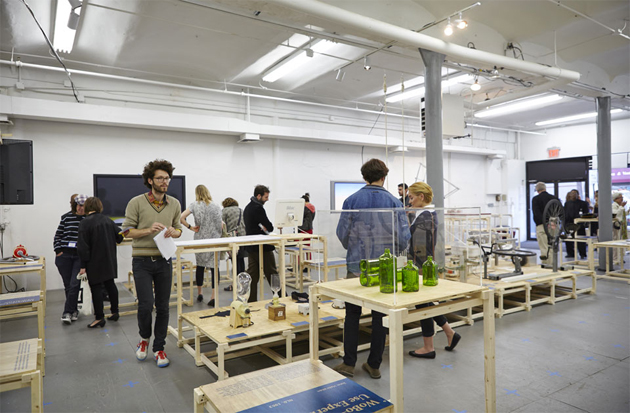Adhocracy is “a structureless organization used to solve various problems. It is a type of organization that operates in opposite fashion to a bureaucracy”. The term was borrowed by Joseph Grima for the title of an exhibition first presented at last year’s Istanbul Design Biennale and currently displayed at the New Museum in New York. “Adhocracy” eloquently discusses the current shift in creation, production and consumption of consumer goods, fuelled by new materials, automation and 3D printing. Focussing particularly on “open systems, tools that enable self-organization, and platforms driven by collaboration”, this show tries to pinpoint one of the most radical developments in production that Joseph Grima characterizes as the “maximum expression of design”.
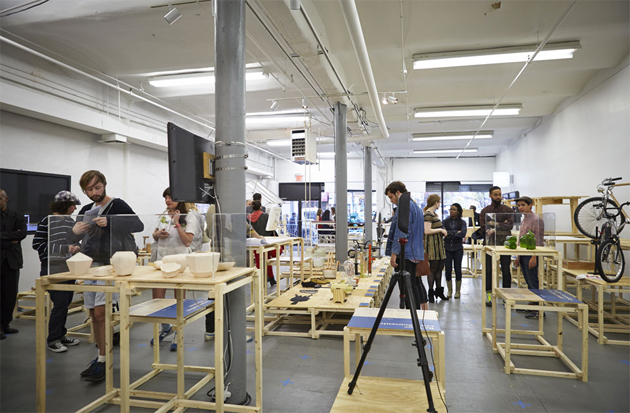
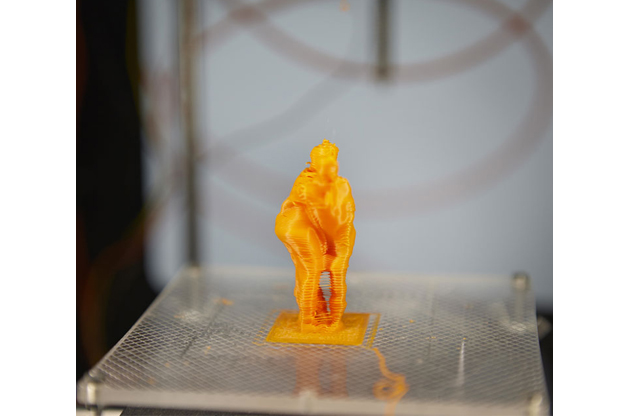
To understand exactly what all this means, one has to dive into the displays presented at the show, designed itself as a sort of a science lab where anyone has the chance to “design for everyone”, where imperfection rather than industrial perfection is seen as an evidence of an emerging force of identity, individuality and non-linearity in design. Through twenty-five projects, mainly artefacts, objects and films, the exhibition tries do offer an inspiring view on the epochal changes, often questioning the very definition of design practice. In fact, the show includes several projects centred around on-site laboratories of production, such as Blablablab’s “Be Your Own Souvenir” project, where visitors to the exhibition can have their body scanned and reproduced in miniature by 3-D printers, or Unfold’s “Stratigraphic Manufactury,” in which New York–based ceramists (Jen Poueymirou, Larisa Daiga, and Eric Hollender) will create 3-D-print porcelain artefacts on-site.
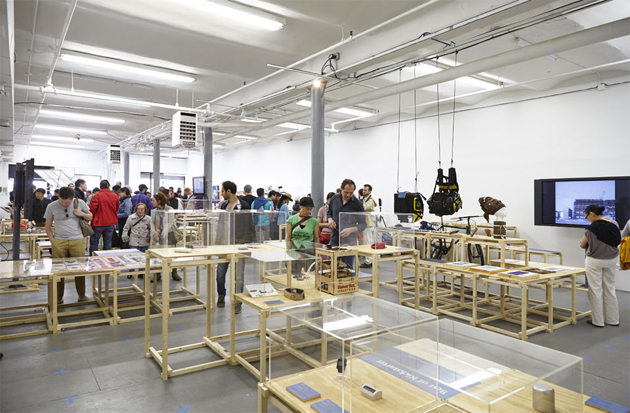
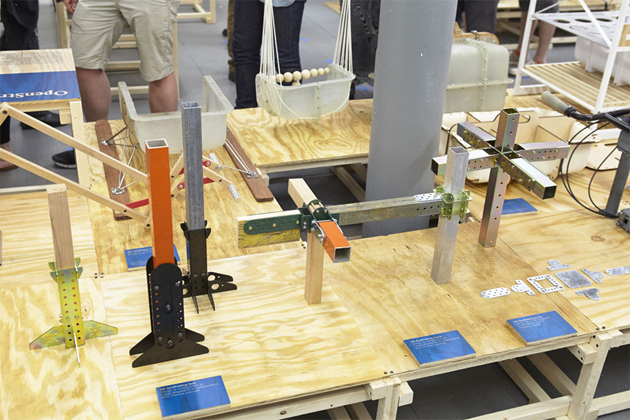
Even though it sometimes may appear that the only point of the show is exploring new production technologies, without discussing the initial premisses, “Adhocracy” clearly makes us understand that the industry is not the only solution to contemporary production. Even though a recent ‘resurgence’ of traditional crafts has brought our attention back from eccentric formalism to quality and honesty in design production, “Adhocracy” also reminds us that design should laregly benefit from an open dialogue within a larger society.
